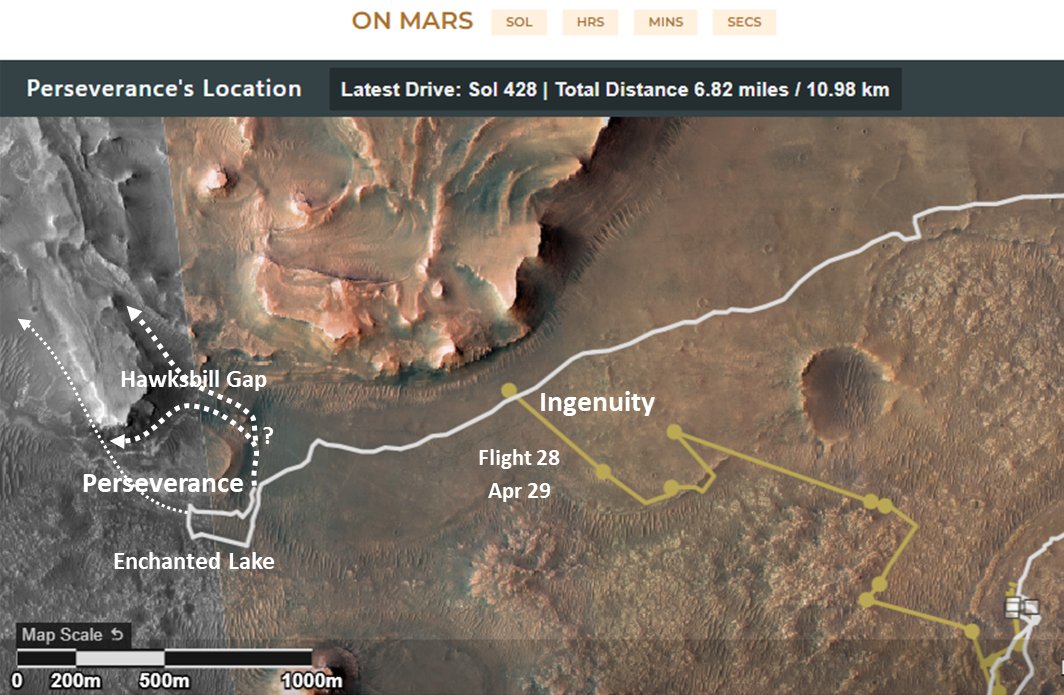
The Boeing Orbital Flight Test-2 #Starliner began its journey to @ulalaunch's Space Launch Complex-41. By the end of the day, Starliner wil be mated to the #AtlasV rocket. Launch is scheduled for May 19.
But it had a rather jarring glitch on the way 🙁
1/
But it had a rather jarring glitch on the way 🙁
https://twitter.com/cbs_spacenews/status/1521887273406640138
1/
Earlier in the day, a hydraulic leak on the @ulalaunch transport vehicle caused some delays.
2/
https://twitter.com/BoeingSpace/status/1521779057582563328
2/
And then Starliner got moving. Looks like the wish below came true, with that sudden wind force that dislodged that window cover?
3/
https://twitter.com/BoeingSpace/status/1521868386900365315
3/
We send our best wishes to Starliner for a successful trip - on the road and into space.
4/
https://twitter.com/ulalaunch/status/1521897202708328452
4/
• • •
Missing some Tweet in this thread? You can try to
force a refresh














